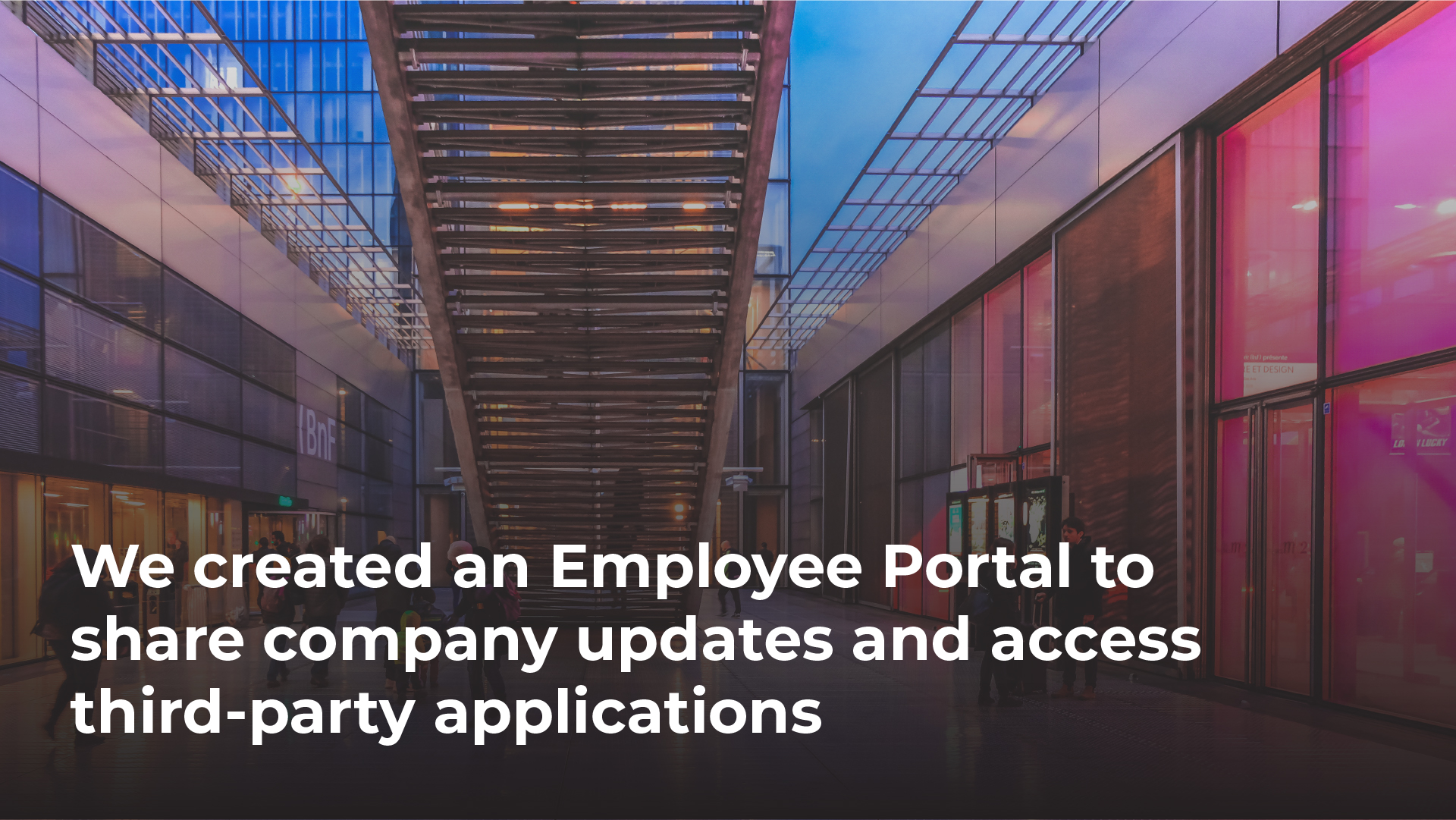
Key Challenges
• Integrate two SharePoint portals used by thousands of team members.
• Incorporate existing third-party applications into the integrated portal without increasing costs or resource usage.
• Implement incremental changes to minimize downtime.
Balancing Capabilities, Costs, and Cohesion
One of our clients, a large retailer, approached us in 2015 to improve their SharePoint-based employee portal. The portal allows employees to read company updates and access required third-party applications. The client independently owns several thousand stores. Employees at the independent stores can access the portal. Employees at our client's licensee stores could not access the portal.
To maintain customer service standards, our client trained and educated the employees of the licensee stores. Our client did not employ the licensee store employees. Because our client did not employ the licensee store employees, licensee store employees could not access the existing employee portal. Instead, licensee store employees received company information through hard copies and emails. Our client needed a better method to onboard new employees. Our client also wanted to maintain a separate SharePoint portal for their full-time employees.
To maintain customer service standards, our client trained and educated the employees of the licensee stores. Our client did not employ the licensee store employees. Because our client did not employ the licensee store employees, licensee store employees could not access the existing employee portal. Instead, licensee store employees received company information through hard copies and emails. Our client needed a better method to onboard new employees. Our client also wanted to maintain a separate SharePoint portal for their full-time employees.
